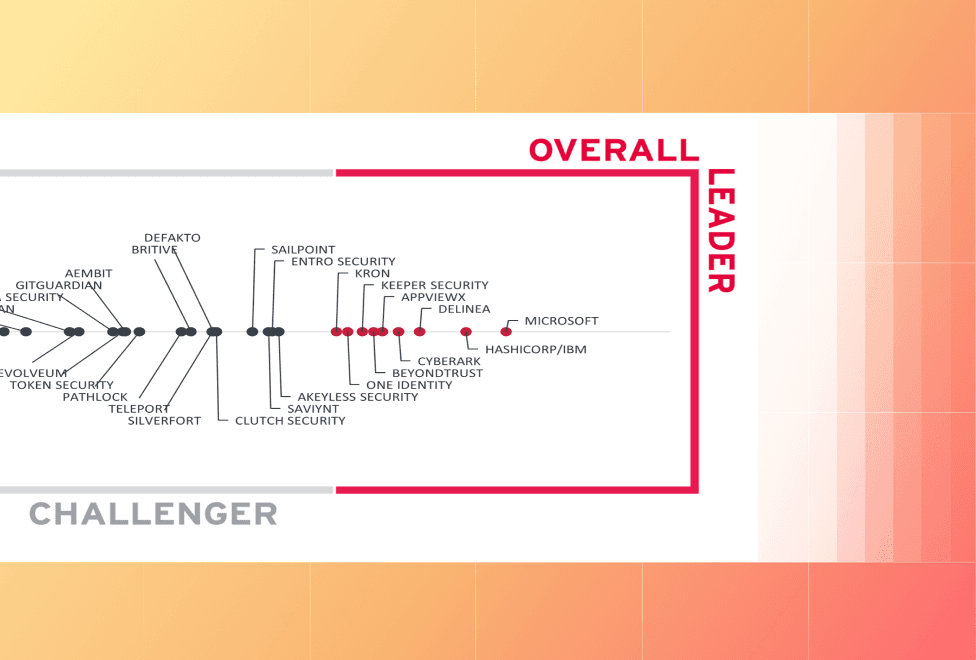Software engineers rarely quit jobs because they are tired of coding. More often, they leave because the environment around them makes building software unnecessarily difficult. Poor infrastructure, inefficient processes, and unclear organizational practices compound over time, creating daily friction that erodes motivation and accelerates attrition.
This article explores the most common issues that drive developers to quit and how organizations can address them before they lose valuable talent.
»Broken tools and infrastructure
Unreliable tools undermine developer morale. When a build breaks for reasons unrelated to code changes or test environments behave unpredictably, engineers are forced into cycles of waiting, retrying, and patching.
The problem is all too common. One recent study showed 67% of software teams can’t build and test their environment within 15 minutes.
What’s the cost of tool inefficiency at scale? If 30 engineers lose just 1 hour per week to broken builds, that’s over 1,500 hours annually — nearly a full developer-year lost.
Research conducted by a team from Purdue University, Microsoft, and the University of Victoria showed that slow builds and delayed pull requests correlate with longer cycle times and developer frustration. When developers feel blocked by their own toolchain, they have more “bad days” than good ones — and attrition is only a matter of time.
»Inefficient, frustrating processes
While modern engineering culture emphasizes automation, manual steps are still surprisingly common. Manual builds, deployments, and test runs waste engineering hours and amplify the chance for mistakes. Surveys show that 64% of infrastructure code deployments still require some manual intervention, and 27% of developers waste time every week on problematic build processes.
Giving engineers back even 30 minutes a day of uninterrupted flow could significantly reduce burnout and attrition.
Issues like these lead to other problems, such as engineers losing their flow state and context switching. These problems have a compounding, negative effect on developer productivity, sense of value, and job satisfaction.
»Too much technical debt
Technical debt is painfully visible (and costly) to those writing code every day. Dealing with previous shortcuts often requires developers to:
- Rework fragile modules
- Chase hidden bugs
- Compensate for outdated frameworks
In general, tech debt also leads to:
- Security vulnerabilities
- Instability
- Higher defect rates
This is frustrating and unproductive, and 59% of developers identify technical debt as their top cause of wasted time and lost motivation. One study estimated that 25% of development effort is consumed by technical debt.
Over time, the inability to move forward because of old code leads to frustration and dissatisfaction. Engineers want to solve new problems, not endlessly wrestle with yesterday’s compromises.
»Poor documentation and knowledge sharing
Lack of quality documentation hampers productivity. Without well-maintained documentation, engineers waste time on a lot of unwelcome tasks:
- Hunting for tribal knowledge
- Deciphering system quirks
- Messaging colleagues for context
For new hires, this creates onboarding friction that can sour their first months on the job. For veteran engineers, the absence of reliable references creates constant interruptions and inefficiency. In both cases, developer experience suffers.
»Vague requirements and scope creep
Unclear direction erodes trust and undermines motivation. Engineers thrive when they understand what problem they are solving and why it matters. However, they often face:
- Moving targets
- Scope creep
- Vague requirements that lack measurable acceptance criteria
When engineers are continuously asked to rebuild features because of shifting requirements, they get frustrated. Ambiguity leads to wasted effort, repeated rework, and eventually a loss of trust in leadership’s ability to prioritize effectively.
And from the executive perspective, poorly defined requirements lead to more rework and missed deadlines, both of which erode trust in engineering and delay time-to-value.
»Too many meetings
Creating quality code requires time for deep work; uninterrupted stretches of time when developers can focus on one project and get into a flow. Research shows that the most satisfied engineers are given ample time for deep work, which allows them to spend more time doing what they actually love. That translates into better code quality and a higher sense of accomplishment.
On the other hand, constant meetings, ad hoc interruptions, and process overhead rob engineers of time for deep work and often lead to dissatisfaction.
»Organizational silos and inefficiency
Beyond tools and tasks, organizational structures themselves often frustrate engineers. Poorly defined ownership, siloed teams, and weak cross-functional communication and tools create bottlenecks that slow projects and reduce quality.
Siloed teams also generate what some researchers call “integration debt”: bugs, regressions, and delays introduced when poorly coordinated components finally converge.
From the developer’s perspective, organizational issues like these can feel like swimming upstream. No matter how skilled they are individually, systemic inefficiency limits their ability to deliver — and that leads to poor developer experience.
»How to improve developer experience
While attrition is a complex challenge, there are ways organizations can reduce it by improving developer experience. That means investing in processes and tools that allow engineers to focus more time and energy where they get the highest return.
- Create self-service portals for code submissions, CI/CD, and infrastructure provisioning. Adopting systems like infrastructure as code can automate infrastructure builds and eliminate the need for manual intervention in many areas.
- Implement faster feedback through automated guardrails in the software workflow, such as policy as code, which automates policy checks to identify and mitigate security vulnerabilities, such as exposed credentials.
- Standardize and automate common development workflows to reduce toil and accelerate delivery.
- Implement a unified self-service platform where infrastructure and security lifecycle management stakeholders can integrate their requirements smoothly into developer workflows.
Developers quit when friction becomes unbearable. Reducing friction through tool enhancements and automation should be a high priority for engineering leaders because it improves developer experience, which reduces turnover and increases productivity.
Happy engineers are productive engineers, and that creates a competitive advantage.
»Learn more
For more information on how to improve developer experience, read 13 DevEx best practices: Your cheat sheet for improving developer velocity and retention.








